Camel Burger – Somalia, Egypt, Saudi Arabia, Kazakhstan
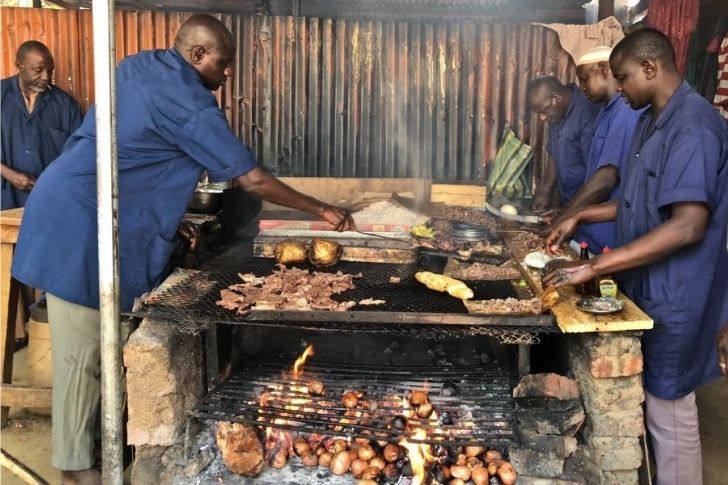
If you’re ever planning to go on a trip to countries like Egypt, Saudi Arabia, Kazakhstan, and Somalia, you might want to add some points to your credit card so you can have their healthy alternative to hamburgers.
Camel meat is widely used in these countries and a few others as a better alternative to the usual beef since it is fat and cholesterol-free, and richer in protein. And for its taste, camel meat is almost similar to beef, except it is sweeter and more tender, making the camel burger not only a healthier alternative to hamburgers but also a tastier treat for everyone to try. And if you’re interested in other meals that use camel meat, some countries also serve them as kebabs and steaks, to mention a few.
Coconut Worms – Vietnam
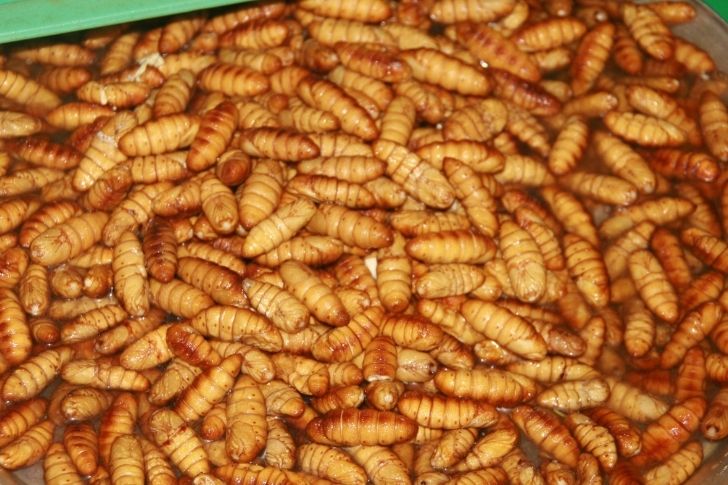
If there was a delicacy that is akin to a double-edged sword, coconut worms are a good contender for that title.
Coconuts are one of the many wonder-fruits in the world thanks to the wide range of health benefits they provide – it also helps reduce blood sugar levels, which is very useful for those with diabetes. And like its fruit counterpart, coconut worms also carry many benefits for those who eat them, like their high quantities of minerals and vitamins. However, like other destructive pests, coconut worms burrow through trees, eventually depleting the remaining supply of coconuts in a plantation. Because of this, coconut plantations are one of the riskier investments someone can make thanks to these coconut worms – like a double-edged sword, its benefits are as strong as its drawbacks.
Frog Legs – France
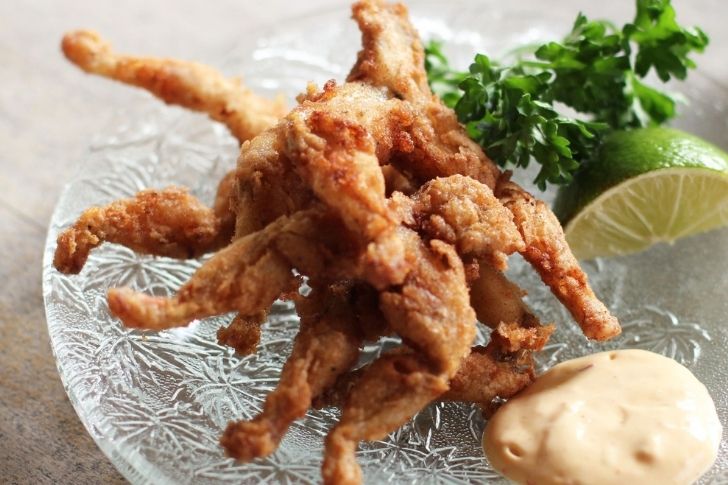
Frog legs are a relatively weird dish. Besides its name, frog legs are often fried, making them look like fried chicken legs. They also tend to taste like fish – in terms of taste, it’s like they fall in the middle, between fish and chicken.
Though many countries now welcome the delicacy in their daily lives, frog legs are often a well-known cuisine in France and China. And instead of hunting for wild frogs, many businesses have spent a significant amount of their investment money toward farming frogs, making them cleaner and safer to cook. Like other white meat, frog meat is a good source of protein. They also contain low amounts of fat and cholesterol, making them an ideal meal to grill, boil, or steam.
Basashi Raw Horse Meat – Japan
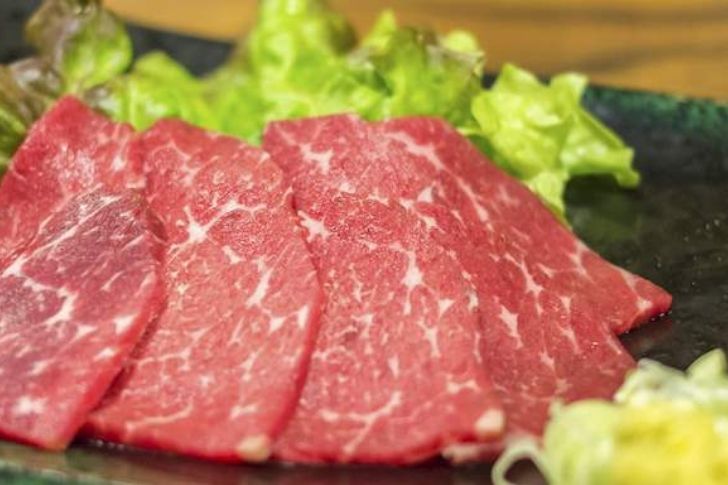
The food often associated with Japan is usually their sushi and sashimi – but don’t forget the Fugu blowfish. Well, besides serving raw fish, Japan apparently also serves raw horse meat.
Meaning “horse meat sashimi,” basashi is a Japanese cuisine special in Kumamoto, located in the island of Kyushu. Although the meat is served in various restaurants around the island, it’s often considered common knowledge to spend your credit card on the best restaurants, which are undoubtedly the ones that serve top-quality horse meat. Most of the time, the cuisine is served cold, dipped in soy sauce, and accompanied by a side of garlic or Japanese horseradish. And, of course, while you’re eating your meal in one of the finest restaurants in Japan, you might as well pair it with a nice cup of saké.
Baby Eel – Spain
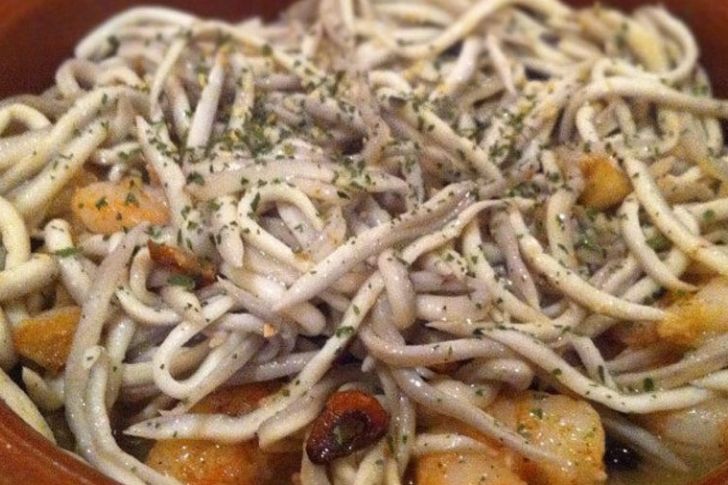
What used to be common food for the Spanish, baby eels are now considered one of the more expensive cuisines found in top-class restaurants.
Often called “Angulas” in Spain, these eels are usually cooked when they are around 2 to 3 years old – before they become as big as their older, electricity-emitting siblings. At that age, these baby eels are often 8 centimeters in length and are as thick as spaghetti strands. And although they used to be an everyday meal that the Spanish enjoyed in the earlier years of their history, the price of angulas eventually skyrocketed when more top-class restaurants started adding them to their menus. As a result, angulas are now one of Spain’s most expensive cuisines – its high price also helps moderate the consumption of this near-endangered species.
Khash – Middle East, East Europe, and Turkey
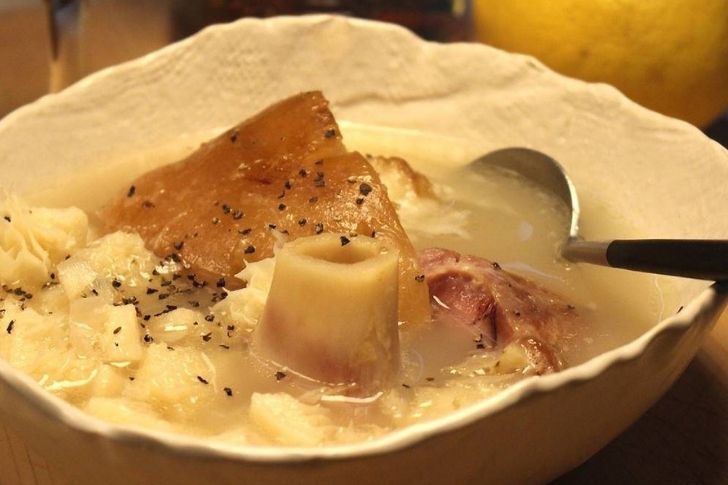
Another meal that has withstood the test of time, khash, is now one of the many established meals in the Middle East, East Europe, and Turkey, and can be eaten at any time of the year.
With the first discovery of this delicacy dating back to the 12th century, this Armenian dish is a stew made from cow’s head and feet and was the go-to meal of people who had to eat during the winter season when food supplies were close to running out. Eventually, as years came and went, khash became a meal anyone can partake of at any time of the year. It is said to be helpful against a cold and a hangover. Guess it’s safe to give it credit for being similar to the widely-loved chicken soup.
Escamol – Mexico
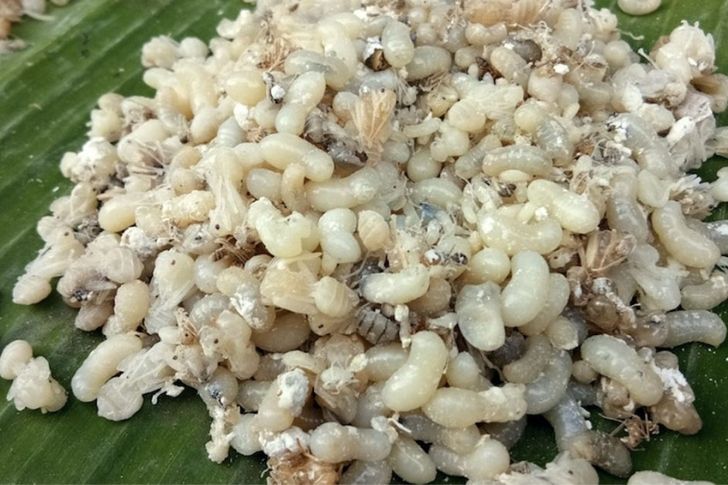
The Mexican cuisine, escamol, is composed of edible ant larvae and pupae. And unlike the Armenian khash, Mexico’s escamol is quite the pricey delicacy. It is only available between February and May. It is typically added to tacos and omelets but can be eaten on its own.
Before many of the world’s achievements were made, like the utilization of electricity, automobiles, and the internet, escamol was already a delicacy that the Aztec civilization ate and enjoyed. Though many years and cultures have passed, escamol, which often tastes buttery and nutty, is still quite a loved meal in Mexico and is even a celebration food for some areas during the Easter season. So if there’s anything certain about this age-old recipe, it’s that it will surely be a tasty cuisine that will carry a hint of history with every bite.
Tripe – Worldwide
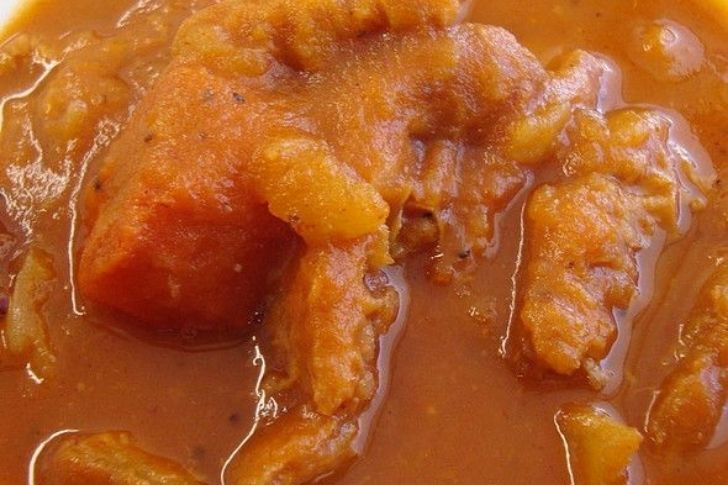
It has become a well-known fact that animal organs are a good source of nutrition for our bodies. Well, if you’re ever interested in adding another meal to your menu, may we suggest some tripe?
Like haggis, tripe is a meal made from an animal’s stomach – often from cattle and sheep – and is usually an essential ingredient to many types of sausages and soups. With historical accounts of this meal going as far back as the early part of Britain’s history, tripe was often the go-to dish for working-class men who were trying to find ways to have a good meal while saving money for their home and personal loans. However, tripe has also found a place in many cuisines worldwide, including in the Philippines’ goto, France’s andouille, and China’s bao du.
Mopane Worms – Southern Africa
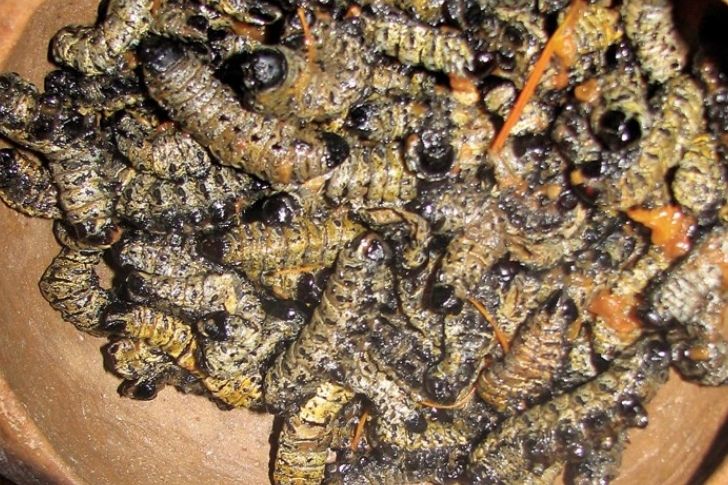
Entomophagy is the practice of eating insects. It’s another scientific word that we can welcome to our memory banks. It is basically a fancy way of saying “the eating of edible bugs and insects.”
Mopane worms, although small in size, are one of the biggest investments in the food industry of South Africa – they’re also exported to some European countries. Their name came from the fact that they consume the leaves found on mopane trees. Mopane worms are often squeezed off their juices before being dried under the sun – they can also be boiled. Mopane worms contain three times the protein content that one can get from beef and they are often served as a crispy snack or as part of a yummy stew. Despite that they sound disgusting to eat, they can, nonetheless, be part of a healthy diet.
Spam – Worldwide

Perhaps one of the relatively more popular foods in this article, spam has found its way to many markets worldwide, although it often gets a mixed reception.
A type of canned food often is composed of ground pork and processed ham, spam has been a meal for many people over countless years and has also been given credit for providing soldiers with sustenance during the Second World War. Eventually, spam found its way to many people’s diets and turned into something that is often eaten during breakfast or as part of a sandwich – though these aren’t the only ways to eat spam, for sure. Though one thing’s certain, despite some of the hate it has received, spam has provided food for many people over the years and is showing no signs of stopping anytime soon.

